If you are reading Opensource.com, you might be able to code, and you are probably reading this on an open source browser on some elusive Linux distro. You probably have not seen a browser ad in years because you are running an open source ad blocker. You feel warm and fuzzy when you think about penguins.
Simply, you know the power of the force of open source and have made it part of your life. Sadly, not everyone has found the open source way yet. Their computers are painfully slow; they see more ads than content when they surf the web; they spend their money on patented and copyrighted junk. Some of these people may even be related to you—take your nieces and nephews, for example.
Knowledge is wealth
So, how do you introduce your nieces and nephews (and everyone else) to open source?
I tried to answer this question and being a professor, a profession well known for being long-winded, I ended up with a book: Create, Share, and Save Money Using Open Source Projects, published by McGraw-Hill
The trick, I think, is finding something that your niece or nephew wants but doesn't have the money to buy, then showing them how open source knowledge can get them what they want.

Lift Standing Desk (Joni Steiner and Nick Ierodiaconou, CC-BY-SA-NC)
Knowledge has a unique property among commodities. Unlike gold or wheat, it not only retains value when it is shared, but it can rapidly increase in value. The internet enables unlimited scaling of this process, as the price of information-sharing approaches zero. Everyone with internet access has historically unprecedented access to this wealth. For example, I provide free links to repositories with books, education, movies, how-tos, maps, music, photographs, art, software, and recipes.
Don't buy it, make it
Free and open source is expanding further into the physical world, and we all have the opportunity to radically reduce the cost of just about everything you can buy at Walmart or Amazon, including toys, electronics, household goods, and clothing. The combination of open source sharing and digital manufacturing—using 3D printers and similar tools—enables individuals to make their own complex, valuable products.
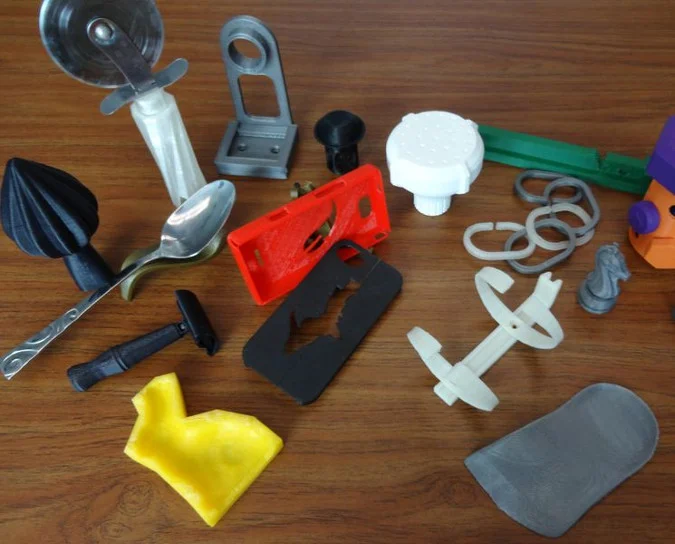
3D-printed household items (Joshua M. Pearce, CC BY-SA 3.0)
For years, scientists have been doing this in their labs. But now, anyone can easily customize products to fit their exact needs. There are already millions of free designs available.
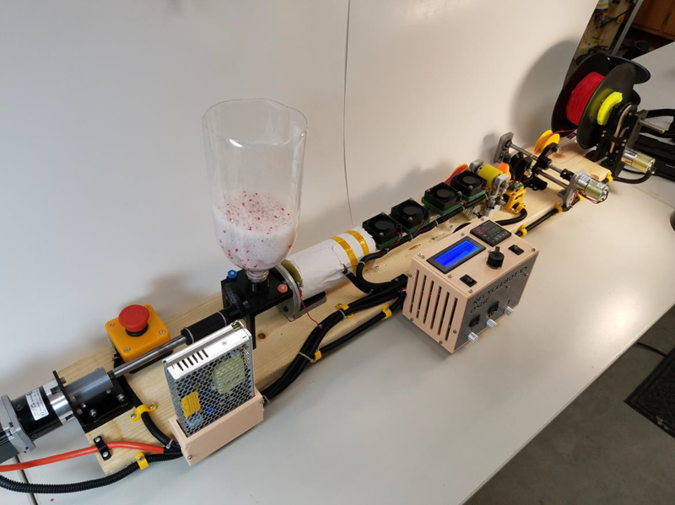
Recyclebot (Joshua M. Pearce, CPLv3)
The way to really knock the bottom out of a product's price is to source the raw materials from trash. This is possible for a dizzying array of products because of recent improvements in small-scale recycling processes (like Recyclebots, which I use in my lab) that enable people to make valuable products from waste. Best of all, anyone can get these green, custom creations for a small fraction of the cost of a proprietary system. We can normally produce a custom product for less than the sales tax on a conventional product—with the same functionality, a better, customized form, and almost no cost.
Learn more
In Create, Share, and Save Money Using Open Source Projects, I share the potential in at-home manufacturing and recycling and even how to score free big-ticket items, including housing and electricity, with open source. You can also learn more about this on a webinar I recorded with Megan Krieger and Janet Callahan for Michigan Tech's Husky Bites.
Hopefully, this knowledge is motivating enough to pull in a niece or nephew or two over to the open source way!

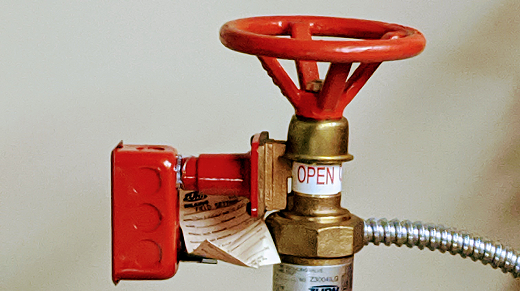
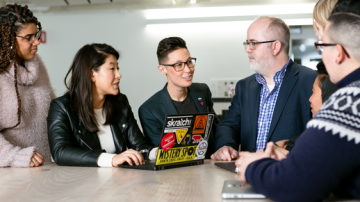
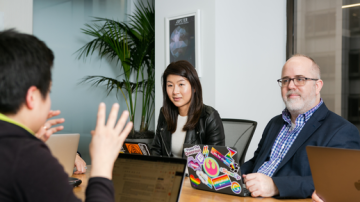


Comments are closed.